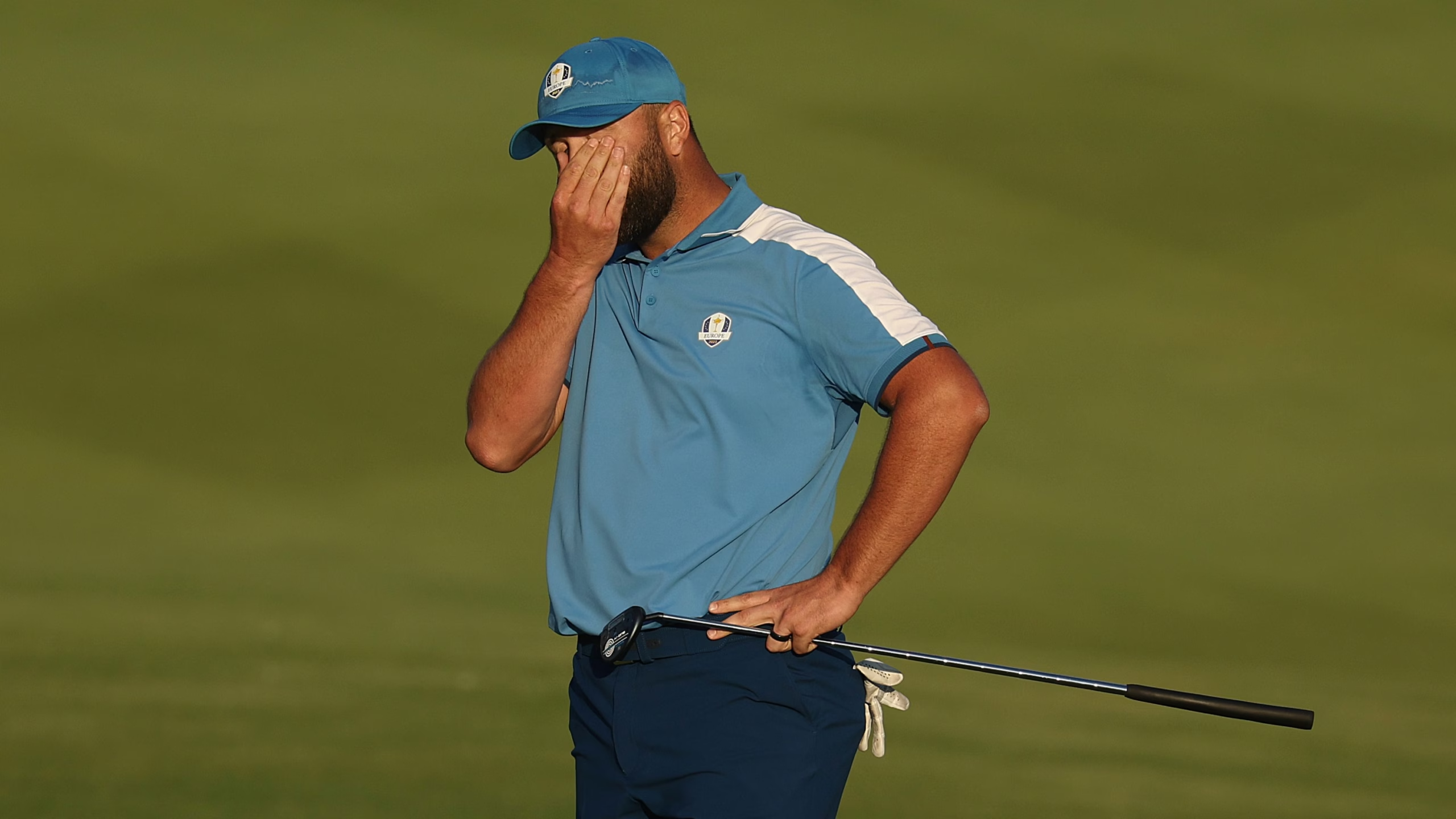Prize money in golf has rocketed recently. But it had been steadily rising over the decades, not only through inflation but in real terms. This is reflected in the lives of the top pro golfers. Once upon a time many of those top golfers, the ones who you see in the list of Major winners from way back, had a day job. They worked as a club pro. James Braid won five Majors and was one of the top players of his day and part of the Great Triumvirate with Harry Vardon and John Henry Taylor. He also spent 45 years working as the club pro at Walton Heath, in Surrey.
The last of Braid’s five Open wins was in 1910. It earned him £50 in prize money. Translate what he won in 1910 into modern-day prices and it is the equivalent of £7,750. The total prize money on offer at that Open was £135. This figure did not rise until 1920. When, in 1914, Harry Vardon won his sixth Open, and the last of his seven Major titles, it earned him the equivalent of £7,500 today.
The winner of the 1939 Open took home the equivalent of £8,750 in modern prices. When Arnold Palmer successfully defended his Champion Golfer of The Year title in 1962, at Royal Troon, he won £1,400, which translates to £40,750 in 2024 UK prices. When Tom Watson beat Jack Nicklaus in the Duel In The Sun at Turnberry in 1977 he won £10,000, the equivalent of £94,000 today.
To put these figures in context, the six golfers who finished tied 25th in this year’s Open earned more, in real terms, than Watson had for winning it in 1977. In coming 80th, Darren Fichardt earned almost four times, in real terms, what Harry Vardon had won for winning his final Major.
So, when looking for answers to this quiz – don’t look too far into the past! For example, Seve Ballesteros may have won six Order of Merits on the European Tour, but he is in 155th place on the career money list.
..
Click Here to Read the Full Original Article at Golf Monthly…
